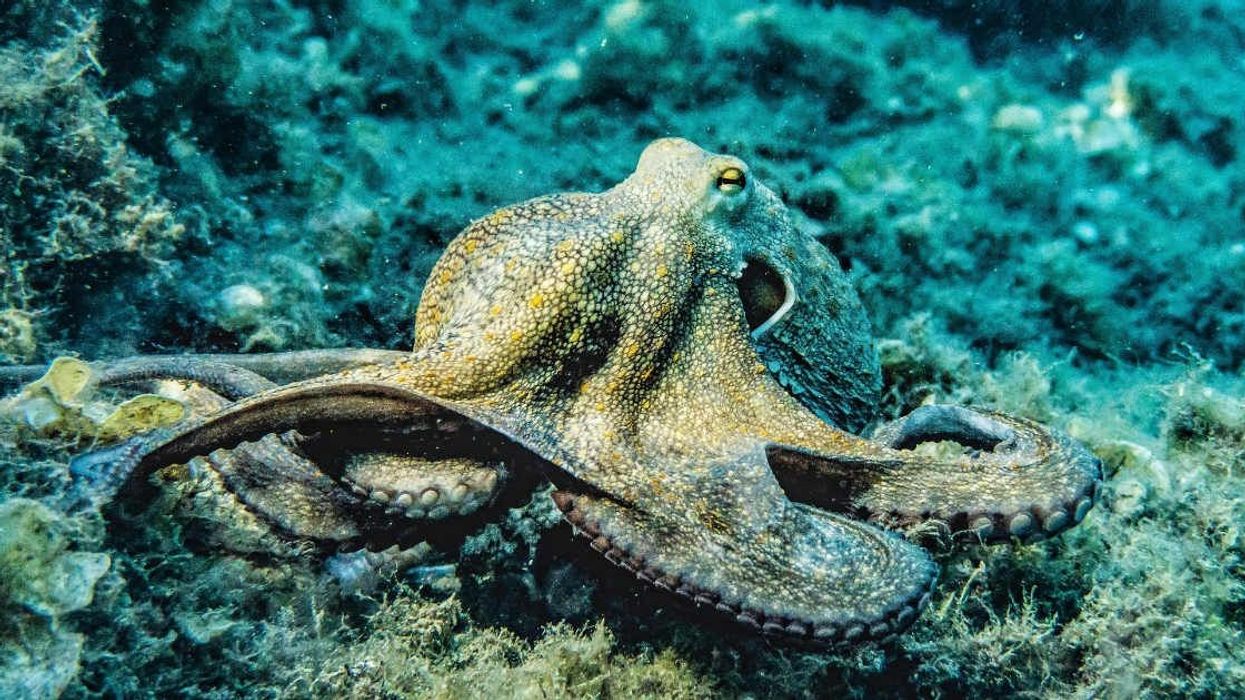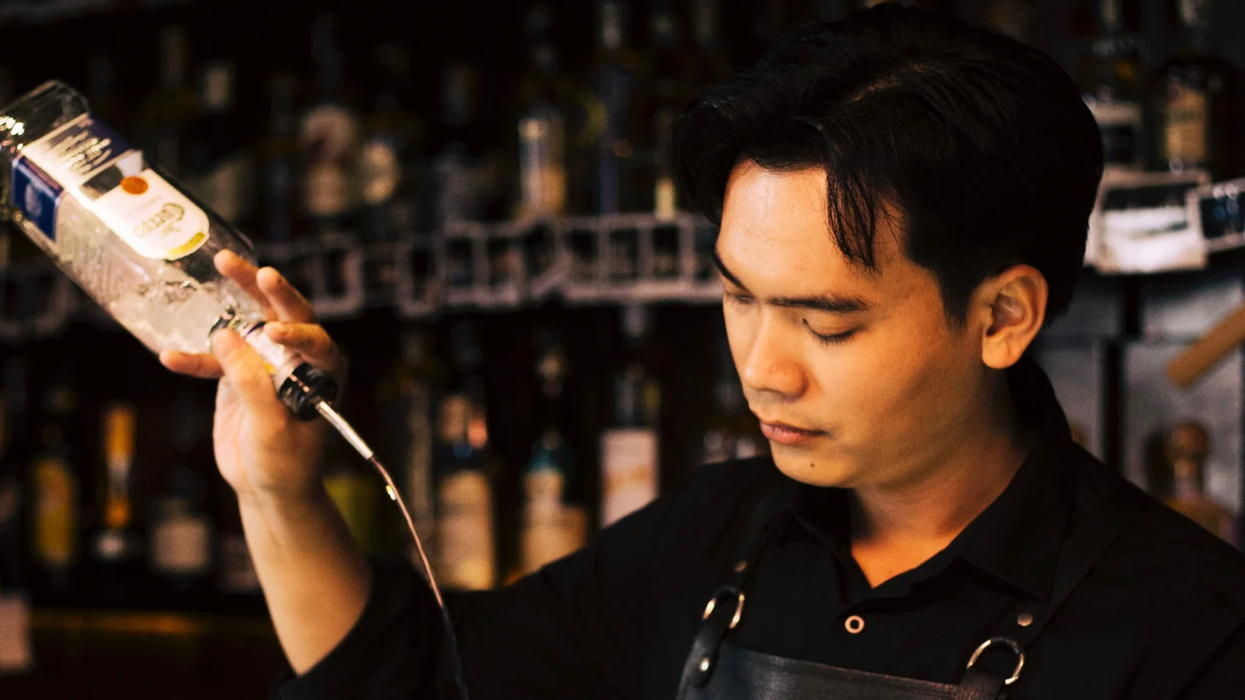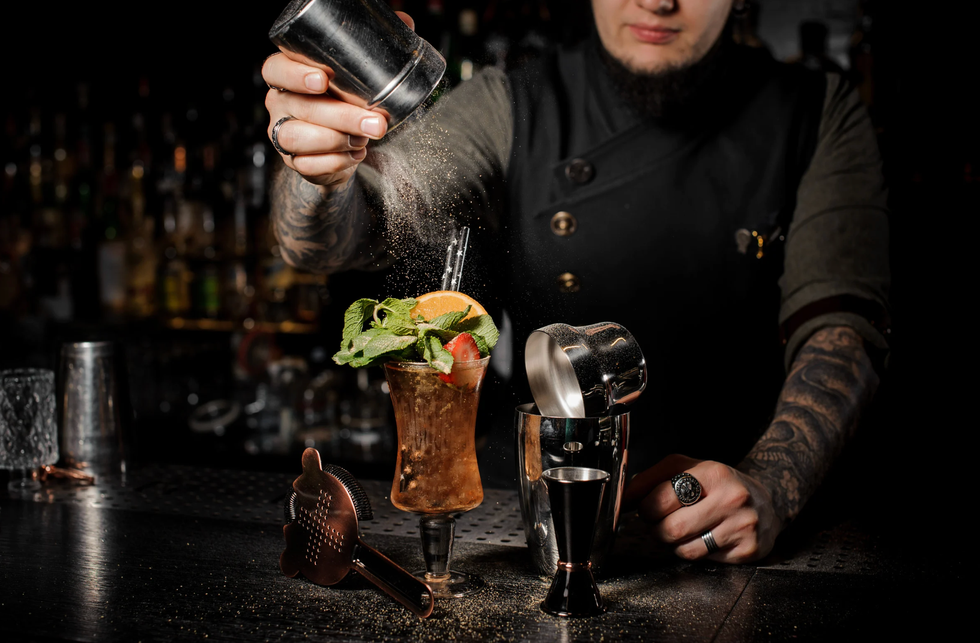Tell a group of kids that you want to talk to them about biodiversity and the dangers of food additives, and you may get a few eye rolls. Tell them that you want to talk to them about chocolate, and they're all yours.
That's exactly what author, education pioneer, and environmentalist Birgitte Rasine is doing with a new series of classes designed to introduce kids to the history, cultural origins, and the biology of cacao. After sitting through years of international organization meetings that had few results beyond documents, Rasine says she realized that "the only way to change things systemically is through storytelling."
[quote position="full" is_quote="false"]The truth is probably weirder than what the kids imagined.[/quote]
She committed herself to doing just that, and wrote the kids’ fantasy adventure book, The Jaguar and the Cacao Tree, released in March of this year. Next comes a companion coloring book, slated for 2017, filled with traditional Mesoamerican designs and scientifically precise drawings, and plans for a tablet-based game are in the works. In the meantime, she’s taking her message on the road to help kids look beyond the shiny wrapper of their favorite chocolate bar to how it relates to the larger ecosystem.
“I always wanted to take the book to the real world,” she says. Eight workshops have taken place, hosted by Bay Area institutions like Sprouts Cooking Club, Dandelion Chocolate, Hidden Villa, C.J. Olson Cherries, and several local elementary schools. She’s now talking to one elementary school about developing a multi-session version, a middle school would like a workshop adapted for older kids, and The Northwest Chocolate Festival in Seattle has commissioned a version for grown-ups this November.
On a bright July morning at Alemany Farm in San Francisco, a community garden oasis of kale beds and buzzing pollinators just off the freeway, fifteen kids in a week-long food-themed summer camp with the non-profit Sprouts Cooking Club gather under the willow trees to put her theory to the test. The class kicks off with a sharing circle on a topic they can all get passionate about: What’s your favorite chocolate?
From there, the story opens up. The truth is probably weirder than what the kids imagined. Chocolate starts as the agricultural product cacao, which grows as big, brightly colored pods hanging right off the tree’s trunk and branches.
“It was used as money,” a boy announces with his newfound knowledge “because it’s so good.”
A mix-and-match game of ingredients and package labels lets the kids figure out what they’re really eating. What’s in a natural chocolate bar? What’s in your favorite bar, and what in the world are TBHQ and PGPR? Both chemical compounds make industrial chocolate production cheaper, but they’re nothing you want to eat.
[quote position="full" is_quote="false"]It was used as money, because it’s so good. [/quote]
“We want to engage kids in understanding the complex web of sustainable supply chains, healthy snacks, ecosystems, and the history and biology of the foods they eat,” says Rasine.
The hands-on portion of the class is lead by Jonas Ketterle, founder of Firefly Chocolate in Sebastopol, California, who left a career in engineering to devote himself fulltime to “bean to bar” chocolate. The kids are eager to meet chocolate in its elemental state, and get to something they can eat. First, they have to peel off the cacao bean’s shell to extract the nib, which is a lot harder than it looks. Next, Ketterle shows the kids how to grind the nibs the way they’ve been done for centuries, using a stone metate. Then Ketterle mixes the pulverized nibs with honey, since cacao on its own is not at all sweet.
Grinding the nibs into a fine paste takes a lot more muscle power and time than the kids can give, but no one is put off by the gritty texture. They clamor for seconds and thirds until the bowl is clean. What they get to taste is a long way from the candy they know.
“Dark chocolate spices me out!” exclaims one girl between bites; yet the unfamiliar taste of pure chocolate takes people to a deeper understanding.
“Natural foods have a mythology because they come from the earth,” says Rasine. “Early civilizations were inspired by what the earth offered. But who’s ever heard a fable about PGPR? Chemicals aren’t part of the story, and they shouldn't be part of our food.”

















 Screenshots of the man talking to the camera and with his momTikTok |
Screenshots of the man talking to the camera and with his momTikTok |  Screenshots of the bakery Image Source: TikTok |
Screenshots of the bakery Image Source: TikTok | 
 A woman hands out food to a homeless personCanva
A woman hands out food to a homeless personCanva A female artist in her studioCanva
A female artist in her studioCanva A woman smiling in front of her computerCanva
A woman smiling in front of her computerCanva  A woman holds a cup of coffee while looking outside her windowCanva
A woman holds a cup of coffee while looking outside her windowCanva  A woman flexes her bicepCanva
A woman flexes her bicepCanva  A woman cooking in her kitchenCanva
A woman cooking in her kitchenCanva  Two women console each otherCanva
Two women console each otherCanva  Two women talking to each otherCanva
Two women talking to each otherCanva  Two people having a lively conversationCanva
Two people having a lively conversationCanva  Two women embrace in a hugCanva
Two women embrace in a hugCanva 
 A reddit commentReddit |
A reddit commentReddit |  A Reddit commentReddit |
A Reddit commentReddit |  A Reddit commentReddit |
A Reddit commentReddit |  Stressed-out employee stares at their computerCanva
Stressed-out employee stares at their computerCanva
 Who knows what adventures the bottle had before being discovered.
Who knows what adventures the bottle had before being discovered. 
 Gif of young girl looking at someone suspiciously via
Gif of young girl looking at someone suspiciously via 

 A bartender makes a drinkCanva
A bartender makes a drinkCanva